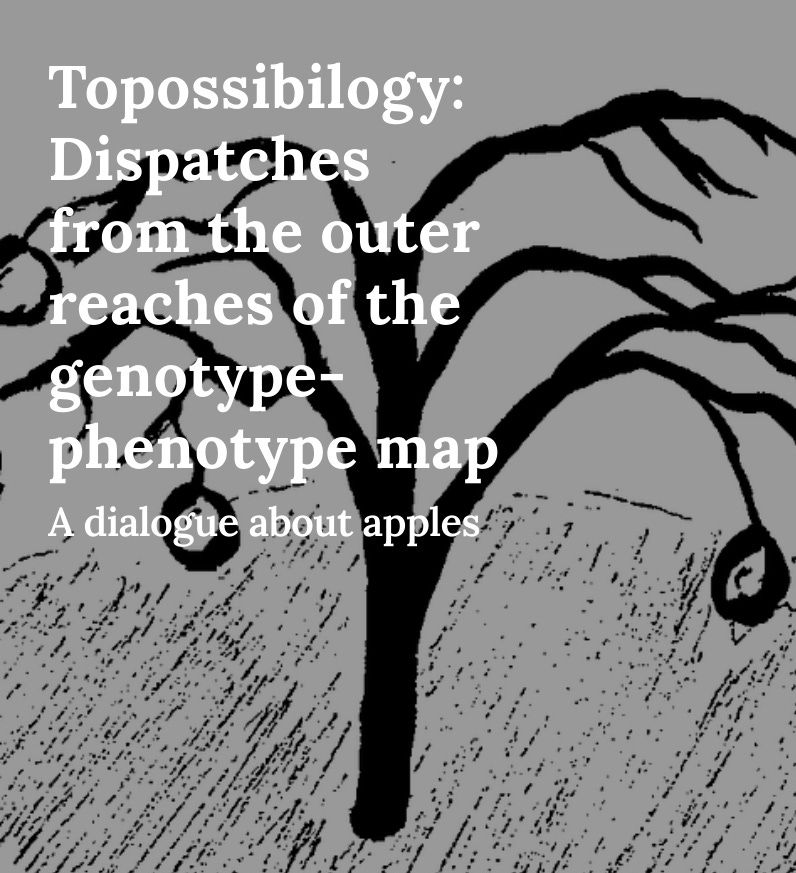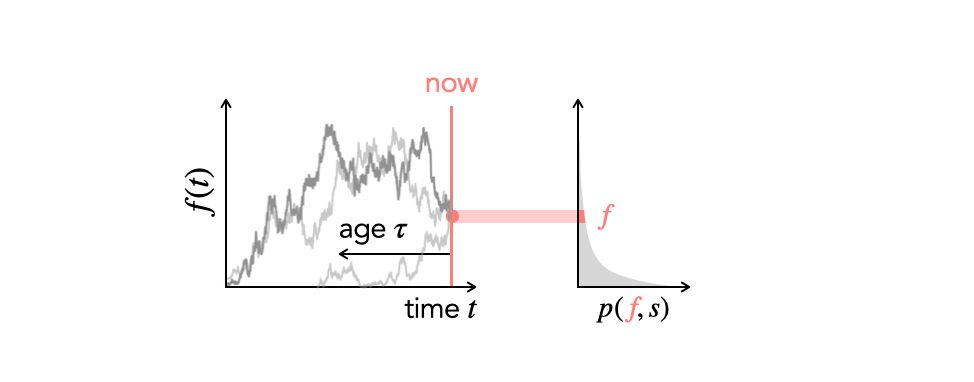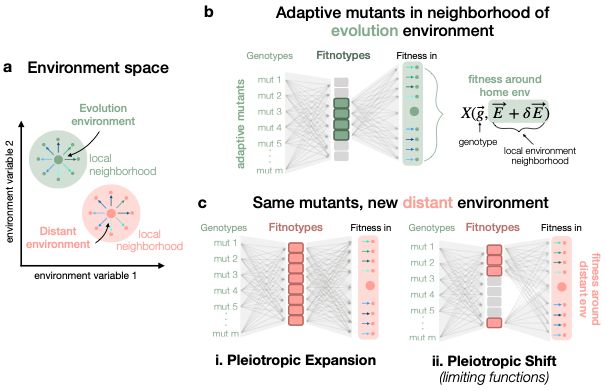Olivia Ghosh
@oliviamghosh.bsky.social
320 followers
81 following
15 posts
Physics PhD student at Stanford working with Ben Good and Dmitri Petrov.
Posts
Media
Videos
Starter Packs
Reposted by Olivia Ghosh
Reposted by Olivia Ghosh
Dmitri Petrov
@petrovadmitri.bsky.social
· Jul 22
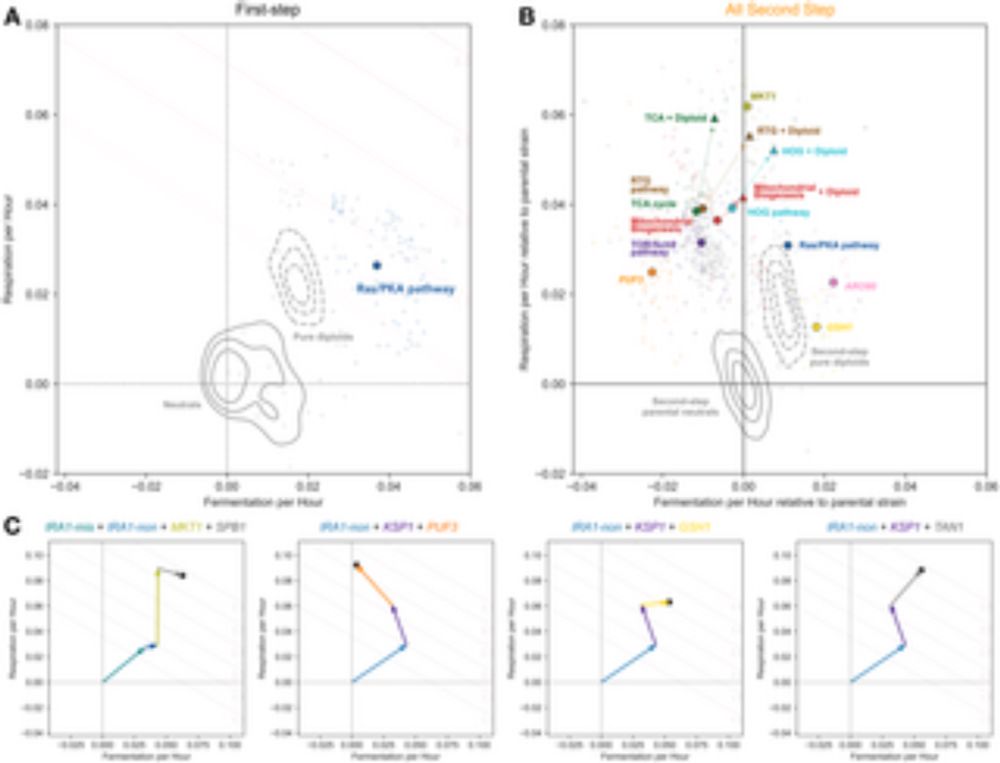
A high-resolution two-step evolution experiment in yeast reveals a shift from pleiotropic to modular adaptation
Evolution is expected to involve mutations that are small and modular in effect, but recent findings suggest that mutations early in an adaptive process can have strong and pleiotropic effects. This s...
journals.plos.org
Reposted by Olivia Ghosh
Reposted by Olivia Ghosh
Reposted by Olivia Ghosh
Reposted by Olivia Ghosh
Ben Good
@benjaminhgood.bsky.social
· Jun 20
Olivia Ghosh
@oliviamghosh.bsky.social
· Jun 20
Olivia Ghosh
@oliviamghosh.bsky.social
· Jun 20
Olivia Ghosh
@oliviamghosh.bsky.social
· Jun 20
Olivia Ghosh
@oliviamghosh.bsky.social
· Jun 20
Olivia Ghosh
@oliviamghosh.bsky.social
· Jun 20
Olivia Ghosh
@oliviamghosh.bsky.social
· Jun 20
Olivia Ghosh
@oliviamghosh.bsky.social
· Jun 20
Olivia Ghosh
@oliviamghosh.bsky.social
· Jun 20
Olivia Ghosh
@oliviamghosh.bsky.social
· Jun 20
Olivia Ghosh
@oliviamghosh.bsky.social
· Jun 19
Olivia Ghosh
@oliviamghosh.bsky.social
· Jun 19
Olivia Ghosh
@oliviamghosh.bsky.social
· Jun 19
Olivia Ghosh
@oliviamghosh.bsky.social
· Jun 19
Olivia Ghosh
@oliviamghosh.bsky.social
· Jun 19
Reposted by Olivia Ghosh
James Hemker
@jahemker.bsky.social
· Apr 25
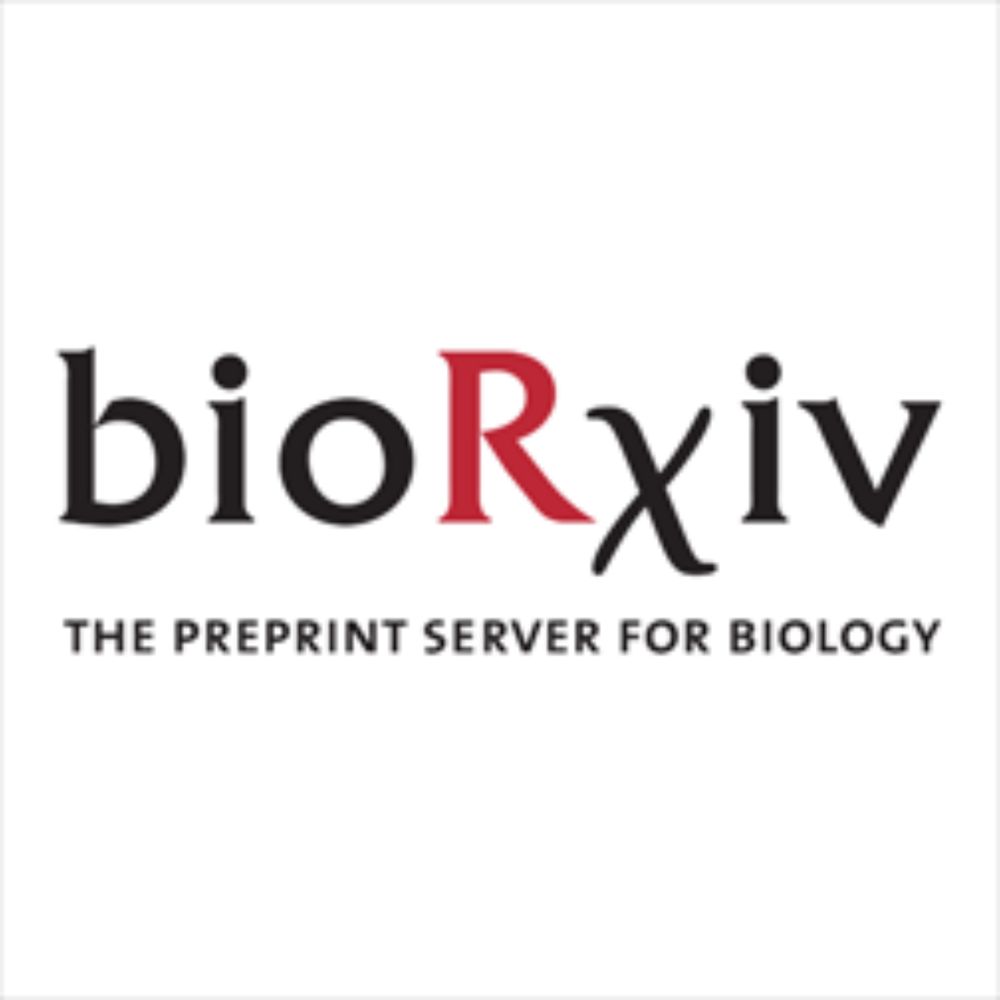
Manual validation finds only ultra-long long-read sequencing enables faithful, population-level structural variant calling in Drosophila melanogaster euchromatin
The increasing accessibility of long-read sequencing and the rapid development of automated variant callers are promoting the generation of population-level structural variation data. However, the eff...
doi.org
Reposted by Olivia Ghosh
Reposted by Olivia Ghosh
Marianna Karageorgi
@mkarag.bsky.social
· Jan 22

Dominance reversal maintains large-effect resistance polymorphism in temporally varying environments
A central challenge in evolutionary biology is to uncover mechanisms maintaining functional genetic variation1. Theory suggests that dominance reversal, whereby alleles subject to fluctuating selectio...
www.biorxiv.org

